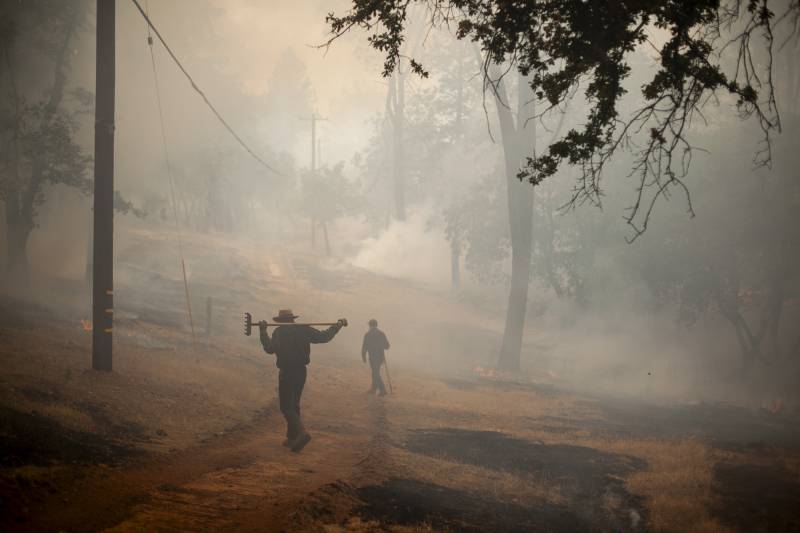On Monday, Central Valley Rep. Josh Harder announced a package of wildfire bills, promising a “once-in-a-generation,” “first-of-its-kind,” “all-the-above” approach to addressing the nation’s wildfire issue.
The package focuses on four main areas:
1) Hiring and training more firefighters,
2) Retaining more firefighters with better benefits and working conditions,
3) Updating technology to improve fire response time,
4) Establishing a nationwide monitoring and alert system for wildfire smoke.
While there’s a lot the legislation promises, its true effect — if passed — will be how it’s applied.
Why it matters: In an era of human-caused climate change following a century of fire suppression, wildfire season in California is growing longer and more destructive, threatening our quality of life, health and housing affordability. Wildfire destruction has prompted a home insurance crisis that is affecting the ability of residents to live here.

